After a devastating flood breached a fish farm in Peru in the 70s, the paiche has invaded a quarter of Bolivia’s Amazon, upending a delicate ecosystem and remaking a regional economy.
It was a stifling spring morning in northern Bolivia and the Rio Negro, a narrow river in the Amazon, threaded its way sluggishly between tall stands of trees. Clouds of butterflies—orange, green, and white—lifted off from the riverbanks to float like confetti around our ten-foot canoe. The sound of the outboard motor echoed off the low embankments while blue and red macaws drifted back and forth between the high branches overhead.
I’d boarded the launch hours before in the village of Las Peñitas with the Mexico City-based photojournalist, Felipe Luna, two local fishermen, and two men from the town of Rurrenabaque, the nearest major settlement, ten hours away by road on a good day.
Waldo Sosa, from Las Peñitas, manned the motor, while Erick Martínez, a merchant from Rurrenabaque, and Savaraín Suárez, the president of a regional fishermen’s association, sat low in the hull with our camping gear. Juan Galvo, the 35-year-old head of Las Peñitas’ fishing association, stood at the helm, watching the still murky surface of the river for the occasional burst as something big thrashed up from below then, just as quickly, disappeared.
This, he told us, was paiche.
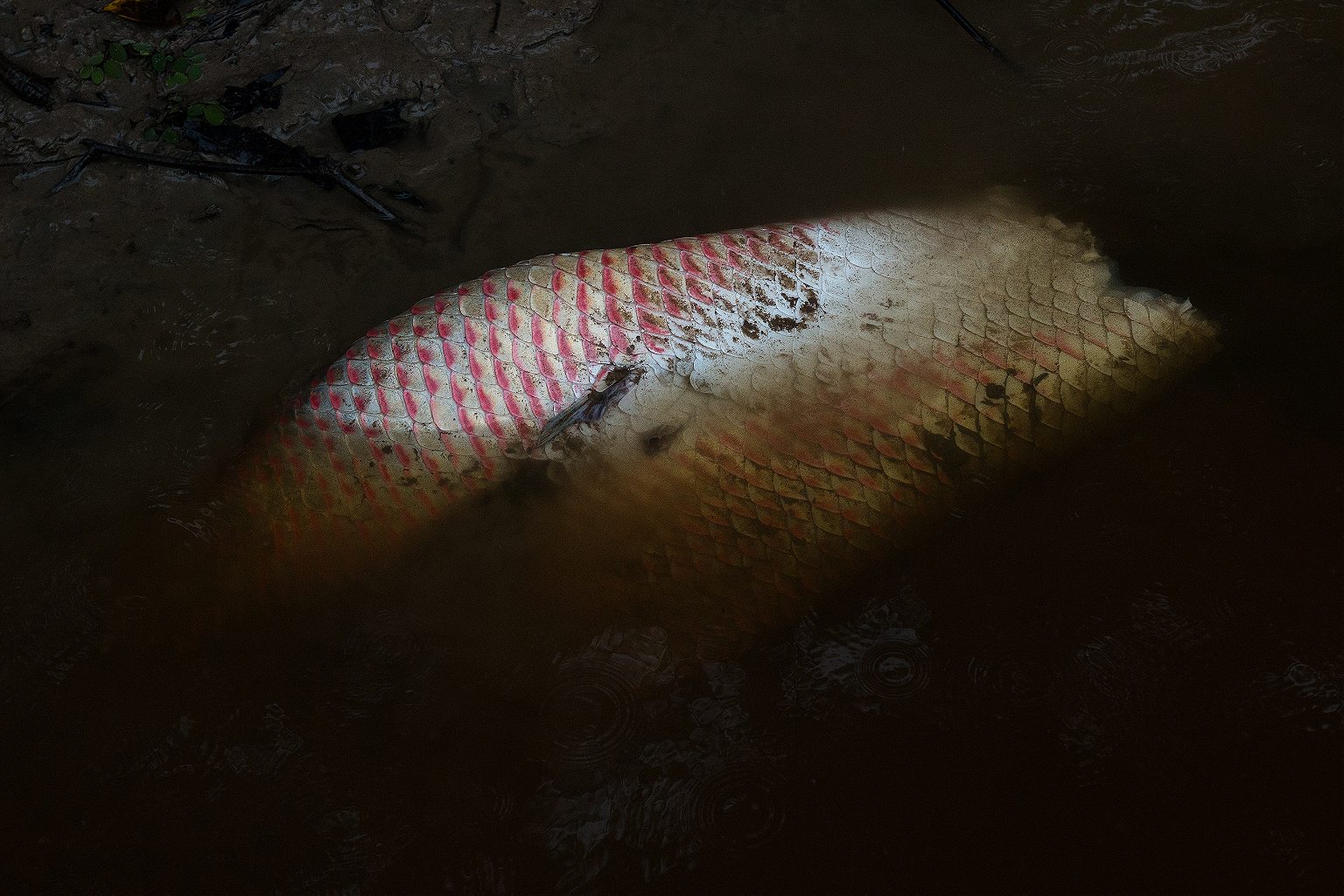
[Why the fishermen from two countries are locked in a deadly battle]
The paiche, or Arapaima gigas, is the largest scaled fish in the Amazon, a riverine giant that grows up to eight feet long, weighs as much as 500 lbs, and consumes anything small enough to fit into its wide hinged mouth. Native to rivers in the northern Amazon, principally in Peru and Brazil, the paiche has been officially listed as threatened since the United Nations created the Convention on International Trade in Endangered Species in 1975.
It first entered the Bolivian watershed after floods in the mid-1970s breached the embankments of a fish farm in southern Peru. Since then, the paiche has extended its range to include nearly a quarter of Bolivia’s vast Amazon basin, migrating at an average rate of 20 miles per year and transforming local ecosystems and economies everywhere it reaches, including Las Peñitas, where it arrived just ten years ago.
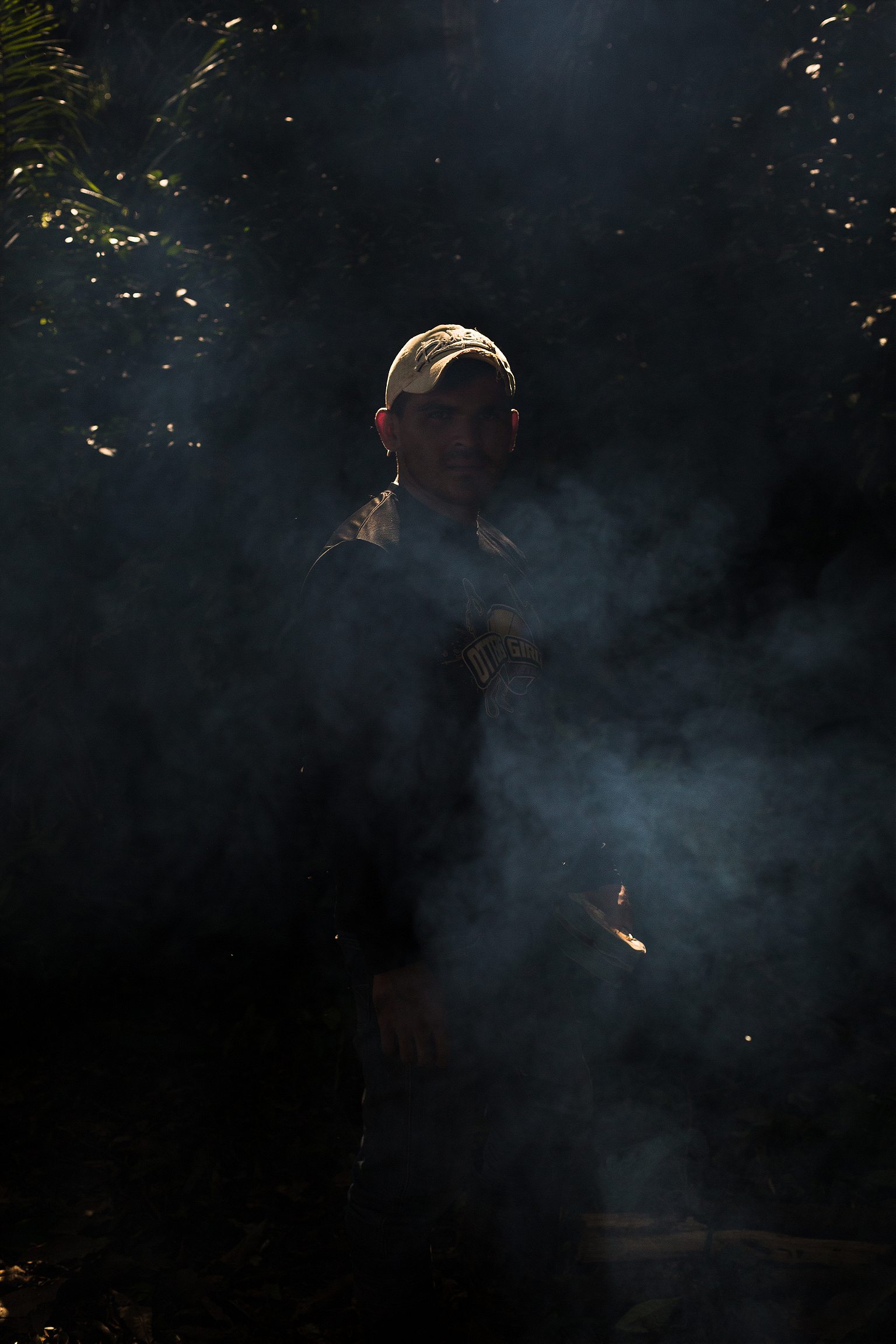
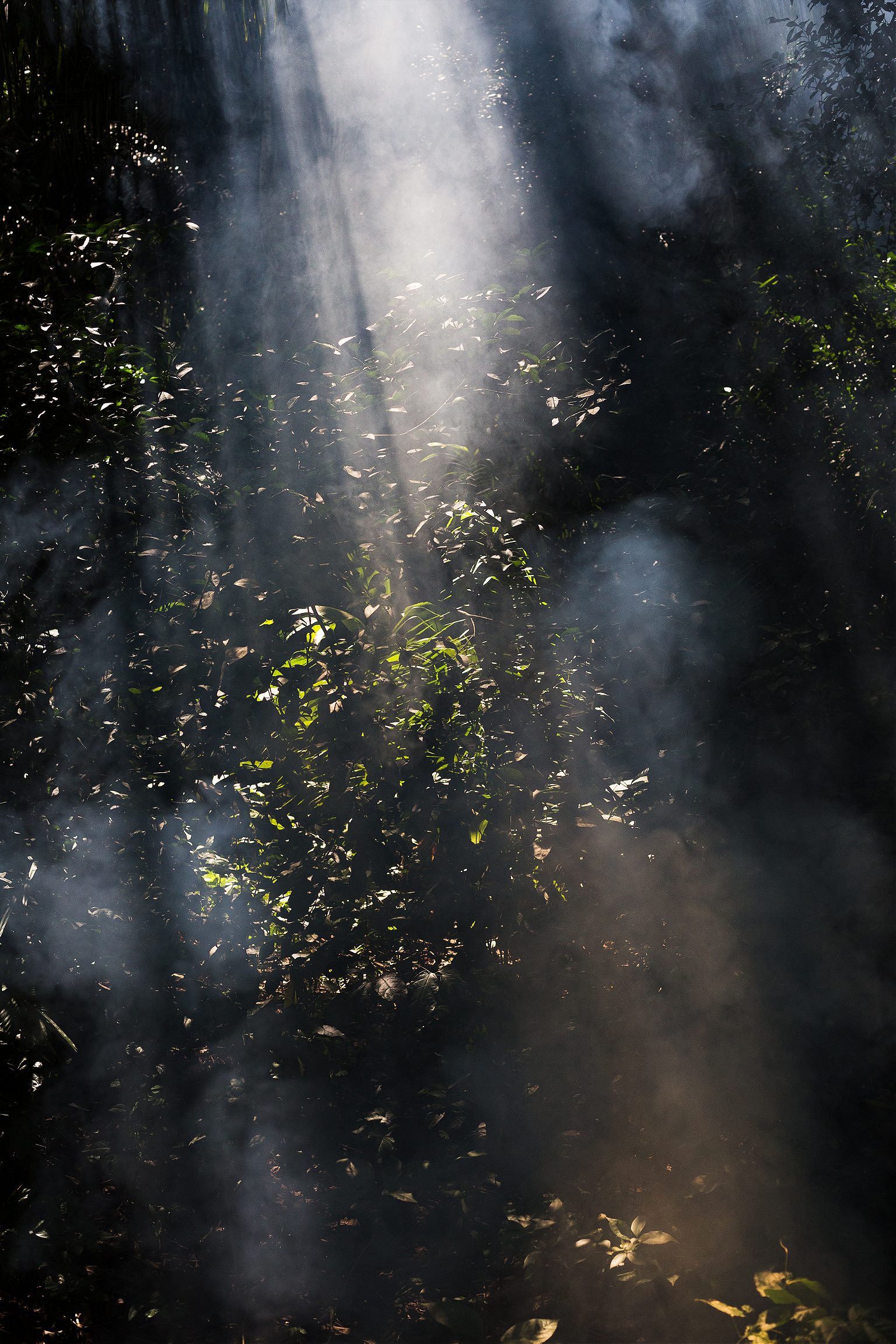
[Meet the queens of barnacle hunting in Spain]
One of the first recorded paiche sightings in Bolivia took place in 1979 near a village called Trinandcito, located on the Madre de Diós, some distance upriver from the city of Riberalta, the largest in the region. Since then, the fish has become the core of Trinidadcito’s economy, providing year-round work for a generation of young men.
Until the paiche arrived in the Rio Negro, no one in Las Peñitas fished for a living. The village’s few families earned their living by selling bushmeat charque to passing merchants. Otherwise, they farmed and fished for subsistence.
Then, in 2014, a devastating flood obliterated the fields and killed what remained of the forest animals. “What looks like forest on that side of the river is all ranches,” Galvo told us. “If you plant yucca or plantains here, it floods. If you plant it over there, the ranchers will take it. So there’s no other option: it’s only fish.”

By the time buyers in Riberalta and Rurrenabaque, the nearest major town from Las Peñitas, started purchasing fresh paiche to sell in urban markets, the fish had already invaded countless oxbow lakes—formed when eroding embankments cut old meanders off the main river stems—driving native species to scarcity. There’s no scientific data to prove that the paiche is to blame, but fishermen agree that the new predator is responsible.
To compensate for the low price of their product, local fishermen extract as much fish as they can, often using nets that, while effective at trapping paiche, also catch the same native species the fishermen fear might go extinct.
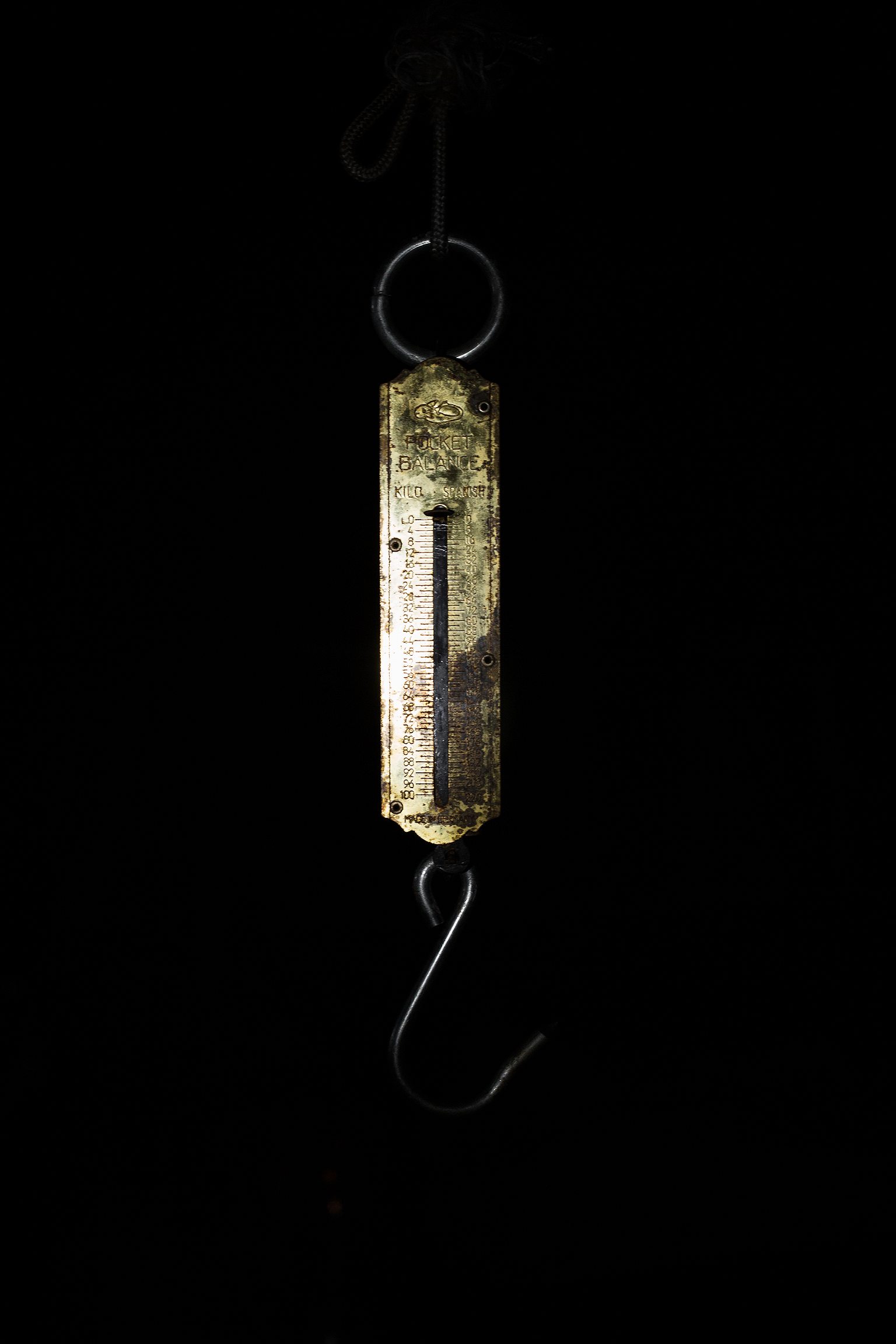
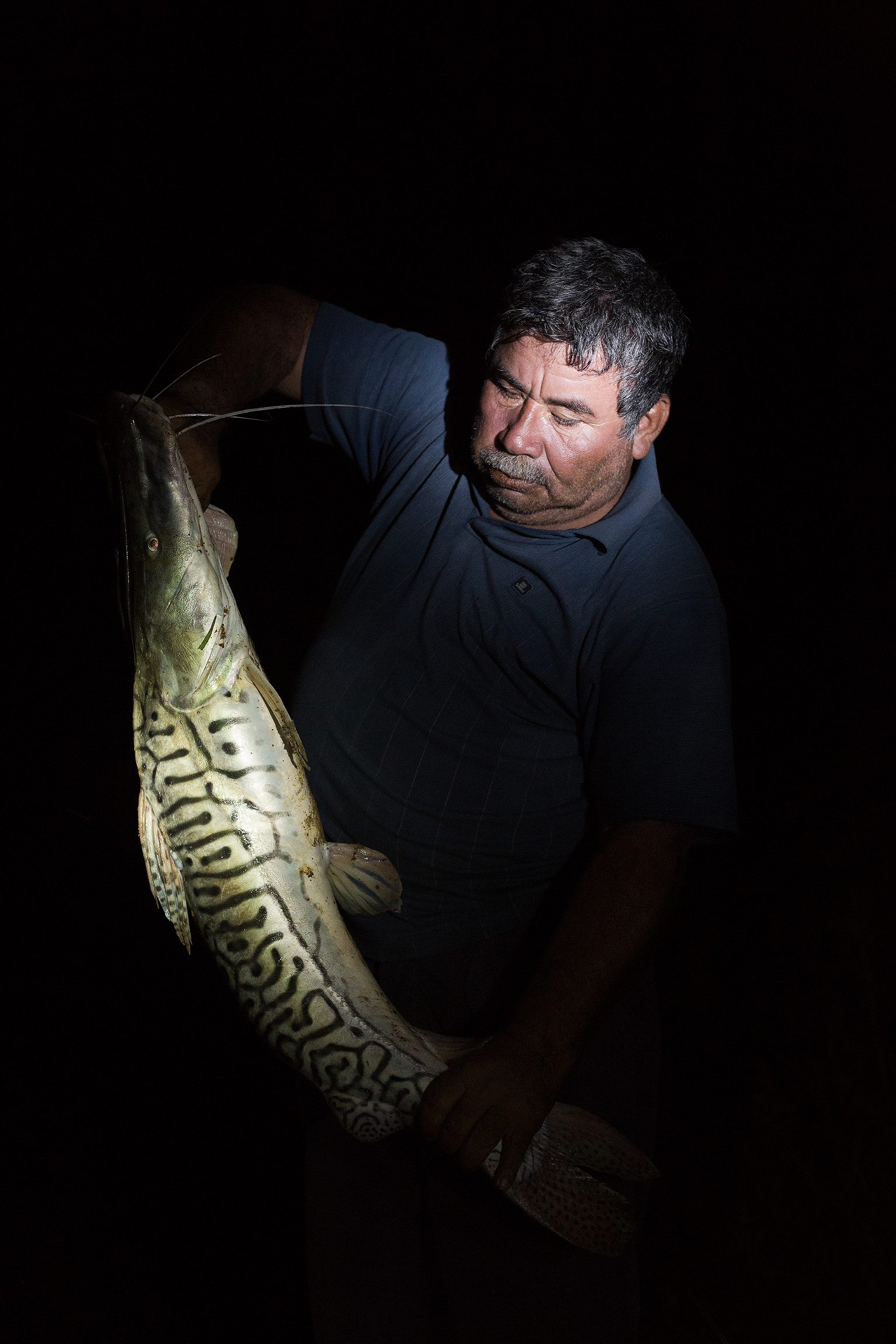
In May of last year, the government passed the Law for Sustainable Fishing and Aquaculture, better known as the Ley de Agua or Law of Water. The law is the first of its kind in Bolivia, but authorities have yet to implement the rules.
The first we heard of the Ley de agua was in October 2016 en route to Las Peñitas, a 12-hour drive from Rurrenabaque, the nearest major town. “Once there’s a ley de agua, there might be some change,” said Suárez, the head of the fishermen’s association based San Buenaventura, which faces Rurrenabaque across the Beni. “They want to control things more, but they can’t,” he said. “Man is the worst predator.”
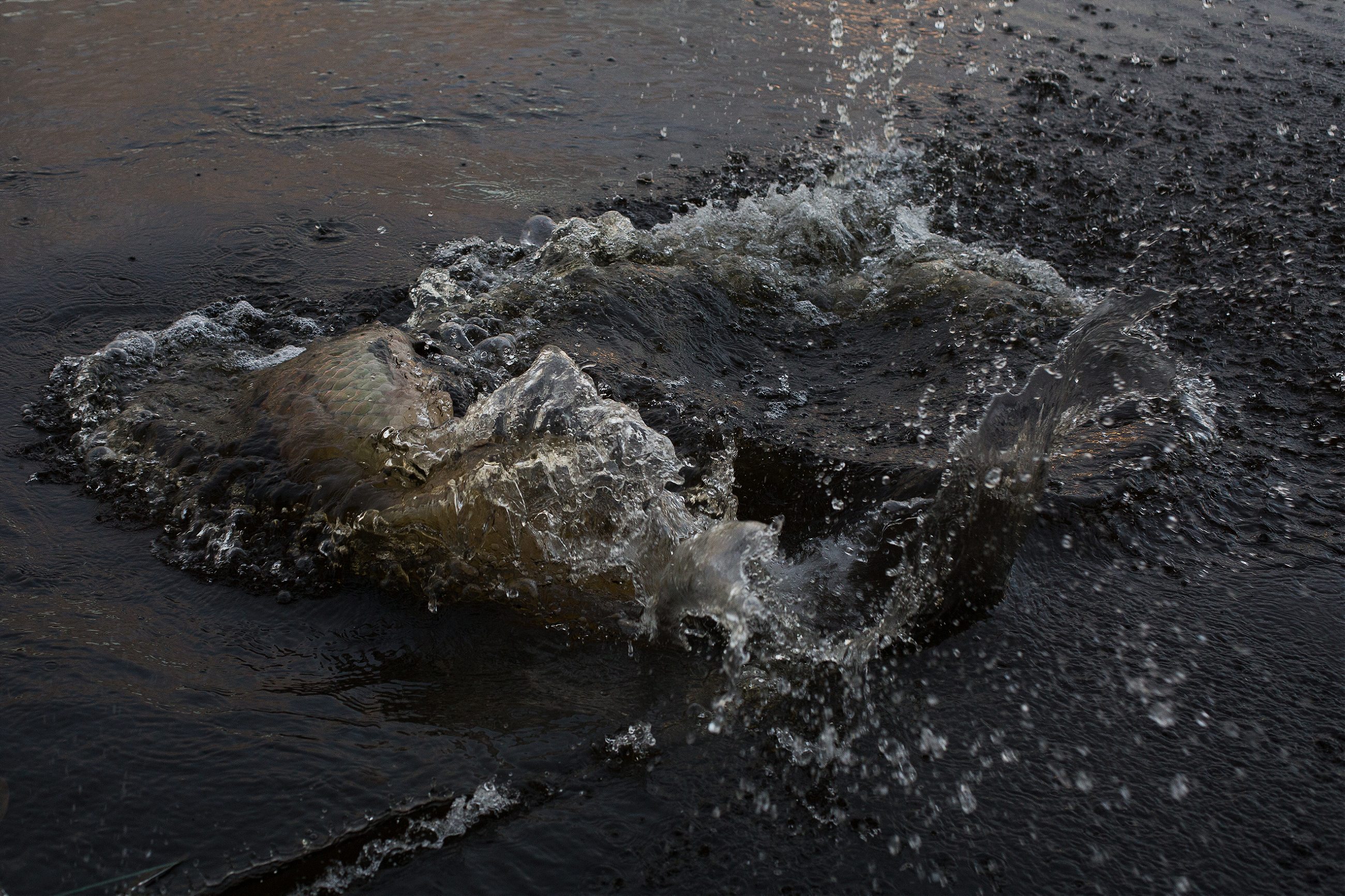
But men here also have few choices. Changing economic and environmental circumstances have led more people to the rivers to earn their living. Las Peñitas started to grow gradually after the arrival of the paiche. Today, despite the 2014 floods, the village is bigger than it’s ever been.
That same flood that wiped out the village, Suárez told us, was also responsible for introducing the paiche into even more oxbow lakes. Another flood like that, he said, and the fish could reach the Mamoré River, which forms part of the border with Brazil and feeds Bolivia’s southern lowlands. “If the paiche reaches the Mamoré,” he said, “it’s all over.”
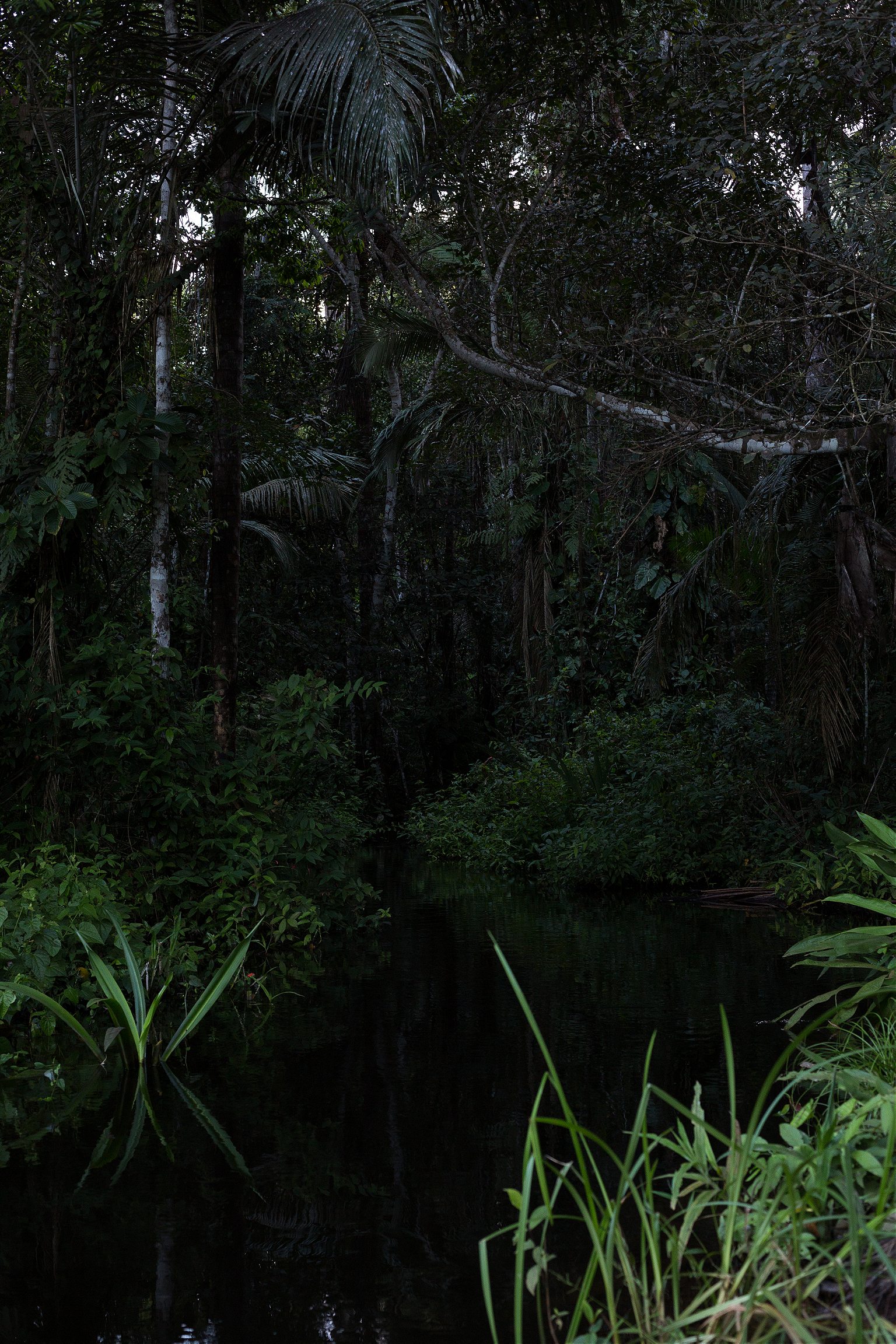
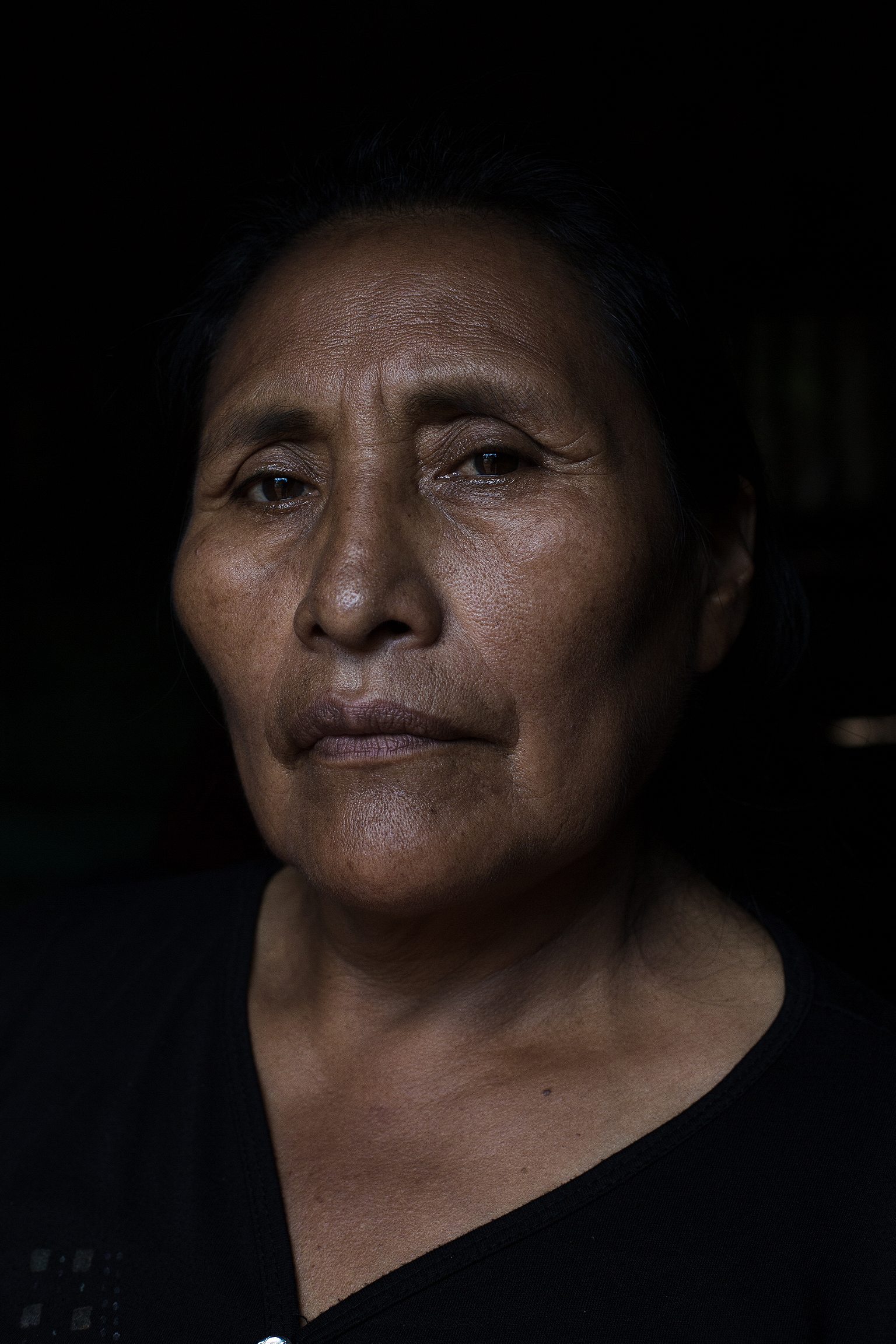
It already had. The same floods that hit Las Peñitas in 2014 also devastated communities along the length of the Mamoré. When the water levels rose, local residents say, the paiche swam in over the rapids.
The source of that flooding, said Lidia Antty, who lives mere feet from the river in the border town of Guayaramerín, was the construction of hydroelectric dams 170 miles downriver in Brazil. “The same thing happened here that’s happened with every dam project everywhere—it brought chaos.”

Few people dispute that the dams caused 2014’s horrific floods, but some scientists doubt that it was the primary cause of the paiche’s arrival in the Mamoré. Some suspect that contraband trade in Guayaramerín is to blame. As paiche became increasingly abundant in Bolivia and aquaculture more common in Brazil, Brazilian buyers started crossing the border to purchase infant paiche to raise on fish farms.
When caught by border police, they would throw the fish into the river. Secondary introductions like these have also been responsible for expanding the paiche’s range deep into Bolivia’s south, with sightings already reported in the cities of Trinidad and Santa Cruz.
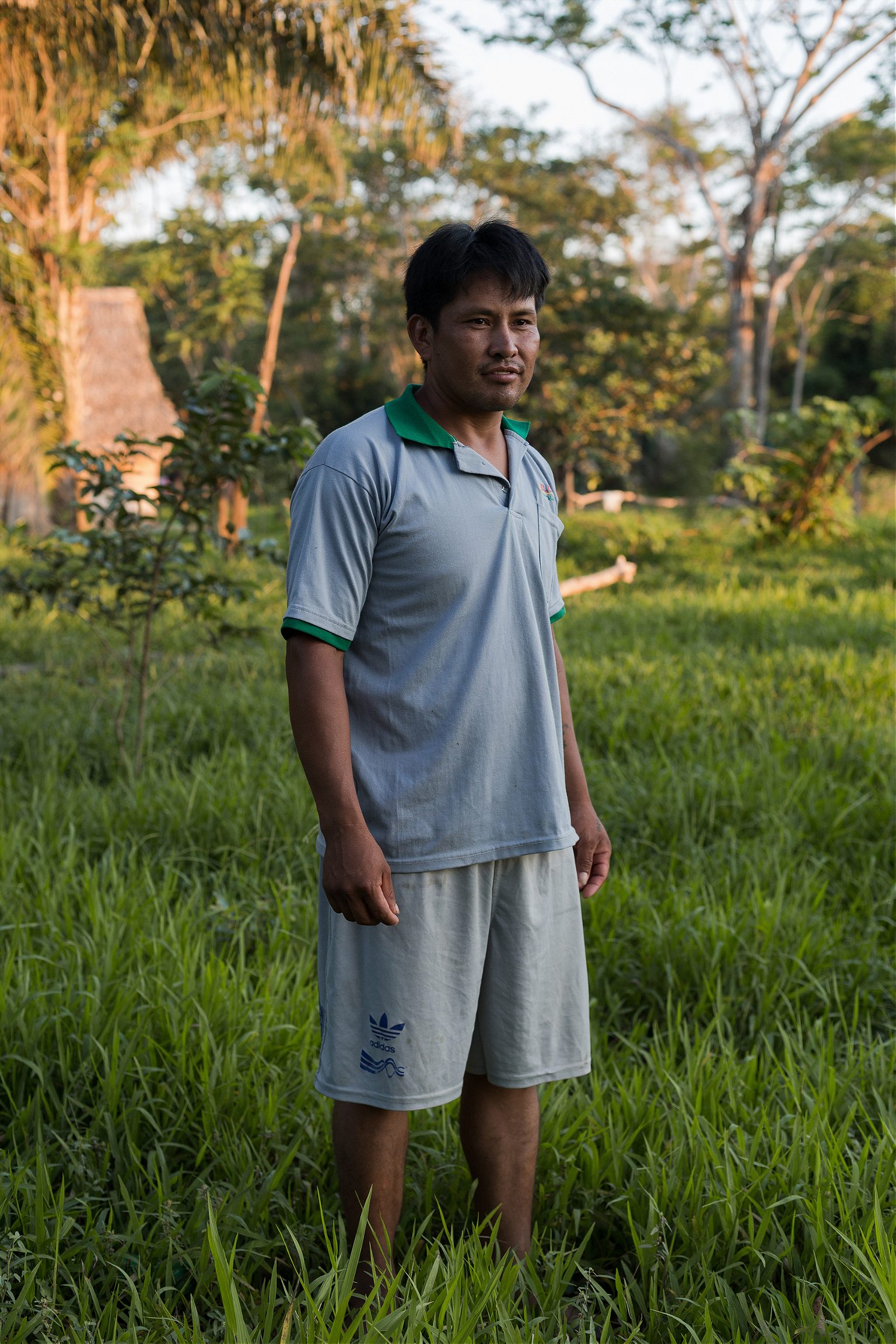
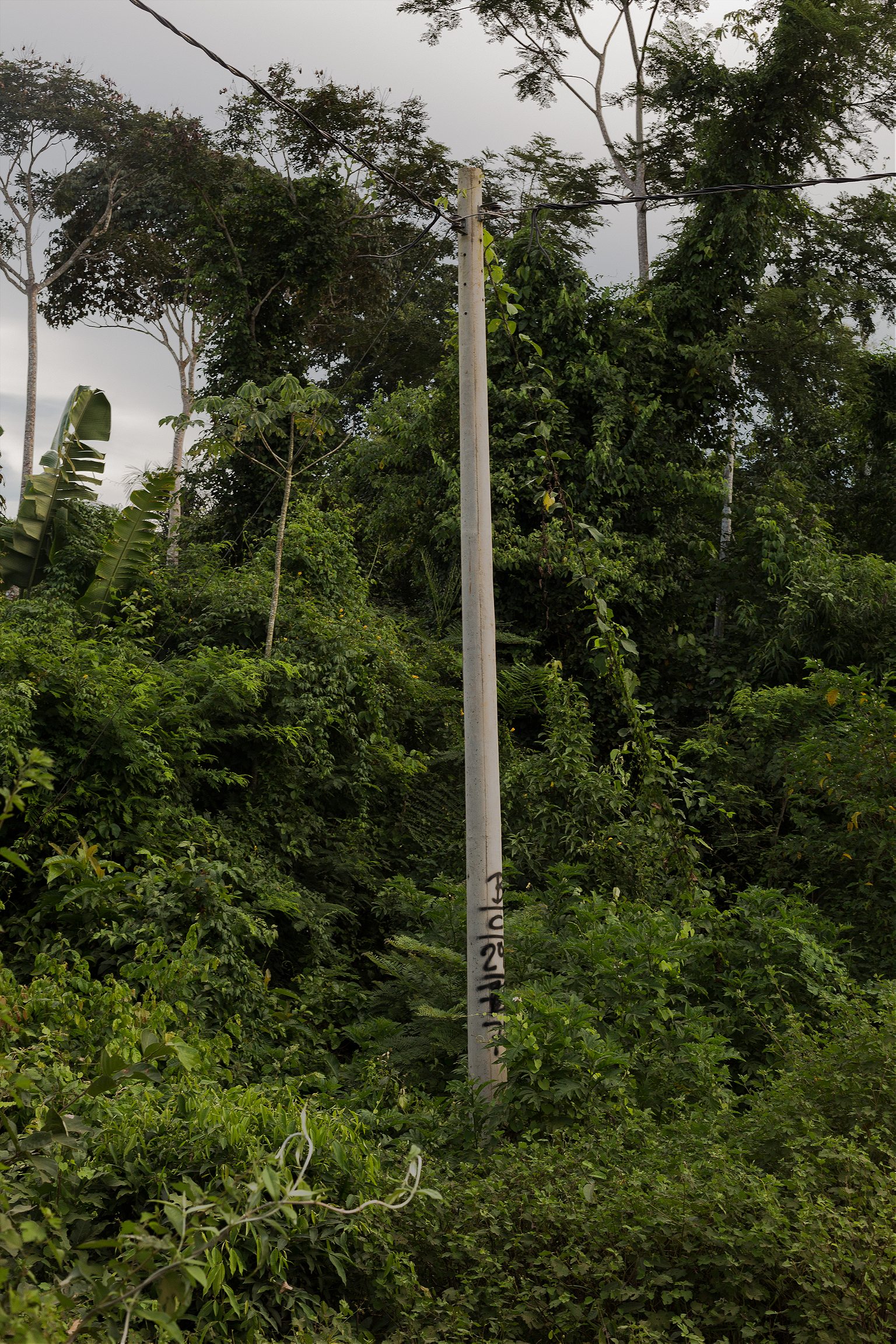
As paiche turns up closer to the cities themselves, fishermen in remote villages might also face the challenge of their market drying up completely. Erick drives in to Las Peñitas from Rurrenabaque at least once each month to buy the catch off local fishermen like Waldo and Juan.
Erick is well-liked in town—he was even given a small shack to stock with products from town—but middle-men like him are also responsible for keeping prices depressed in villages with no direct access to a market.
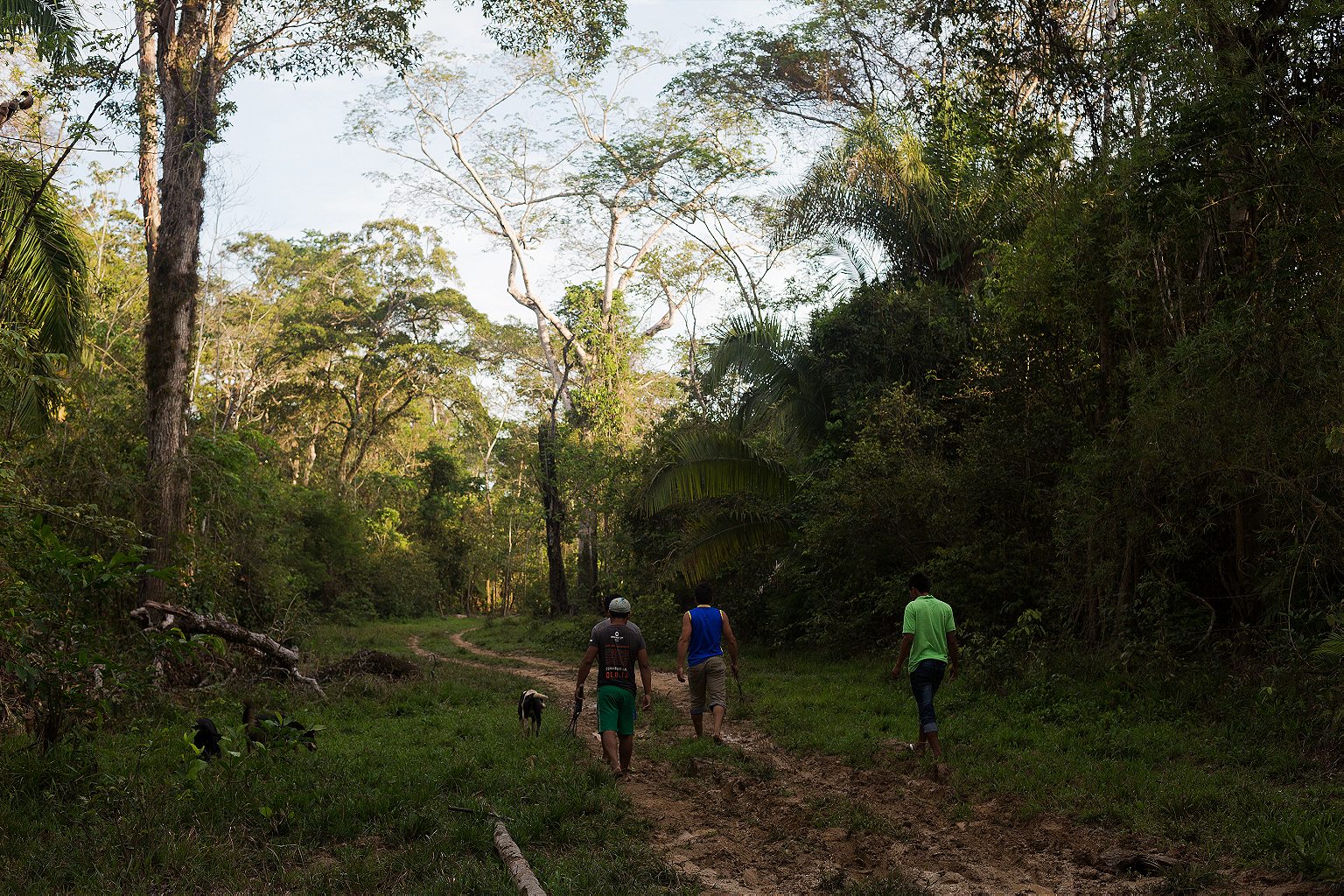
When we returned to Bolivia this past May, Felipe and I intended to go back to Las Peñitas. But the rains had been bad this year, Erick told us, and the bridge connecting the village to the main road—a few planks of wood laid over an arroyo—had collapsed. It would take us three days to get to Las Peñitas by boat.
Even at the end of the dry season, reaching Las Peñitas had involved traversing muddy tracks through the forest that were waterlogged after a few brief hours of rain. As the paiche finds its way into rivers and lakes closer to the cities where it’s actually consumed, people like Erick won’t have much incentive to keep buying in places this difficult to reach.

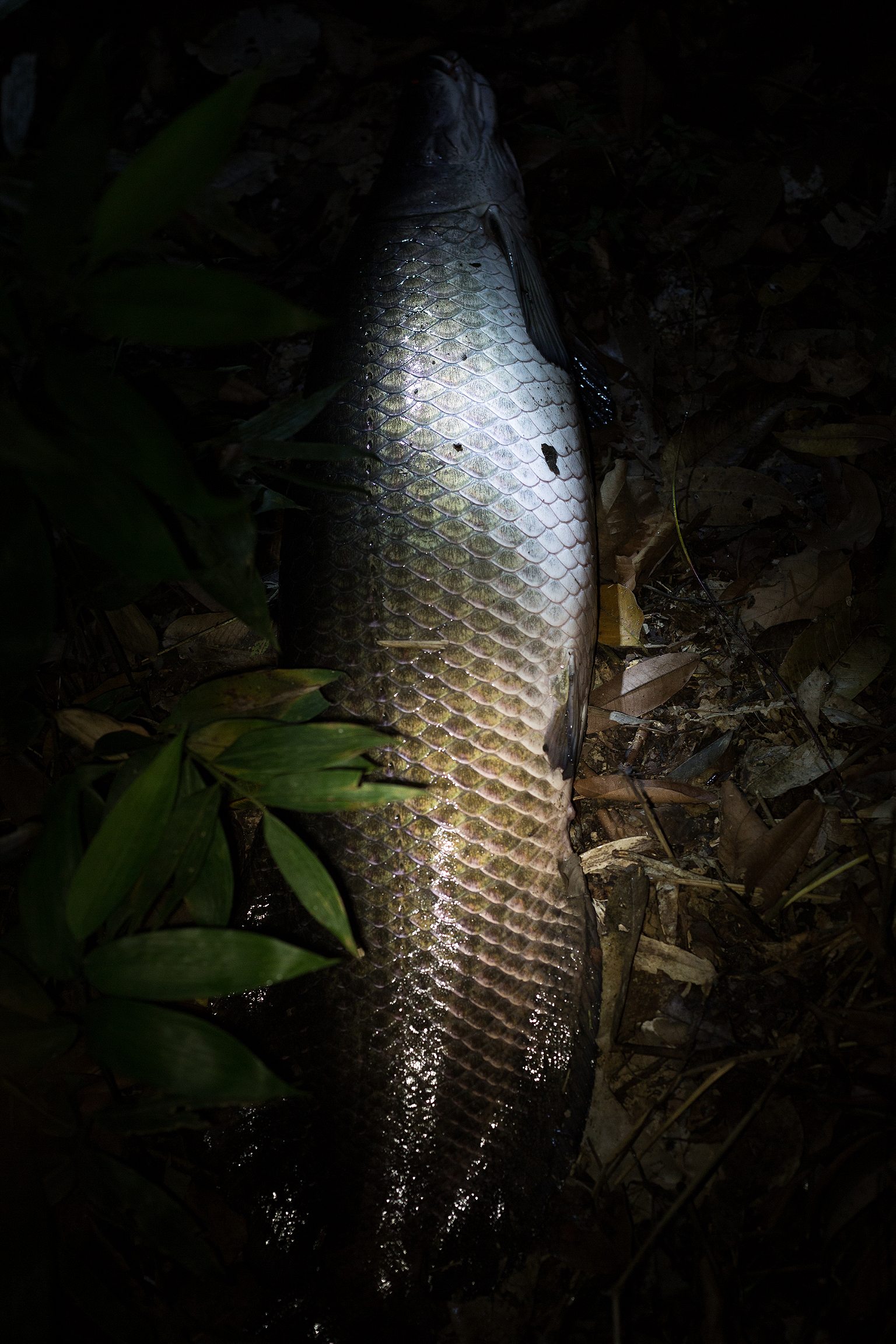
Like Erick, Waldo’s father, Orlando, first came to Las Peñitas as a businessman from Rurrenabaque, intent on setting up a shop. After marrying a woman from the village (she lives now in San Buenaventura with one of Waldo’s siblings), he decided to stay, making a living by trading with ranchers up and down the river. Waldo left Las Peñitas at 18 to work at a mine in the mountains near Rurrenabaque. “When you’re not a professional, it’s tough to find work,” he said.
Once the paiche came, Waldo returned. Now a father of three, he doesn’t earn much, but it’s enough that Waldo no longer has to travel. On our last night in Las Peñitas, we sat with Orlando by the riverside. “Now the paiche is a benefit for us, but before we didn’t know what to do with it,” he said. “I wouldn’t say we’re better off now, but what can we do? You can’t kill this fish off.”
I wouldn’t say we’re better off now, but what can we do? You can’t kill this fish off.
The next morning, before leaving town, I spoke with Waldo’s wife, Loida, about her three children and their future. Her oldest son is in school in Rurrenabaque. “I want them to stay there and make something of their lives,” she said. “Work here is too heavy.”
It’s a sentiment repeated by fishermen and farmers all over the world. When people dream of better lives for their children, they often include college degrees and jobs in offices, rather than long, mosquito-plagued nights waiting for nature to comply.
Whether or not the paiche belongs here in the first place is, at this point, a question for biologists and environmental engineers. The fishermen of Las Peñitas have only begun to find out what others have known for years: the paiche is the future.
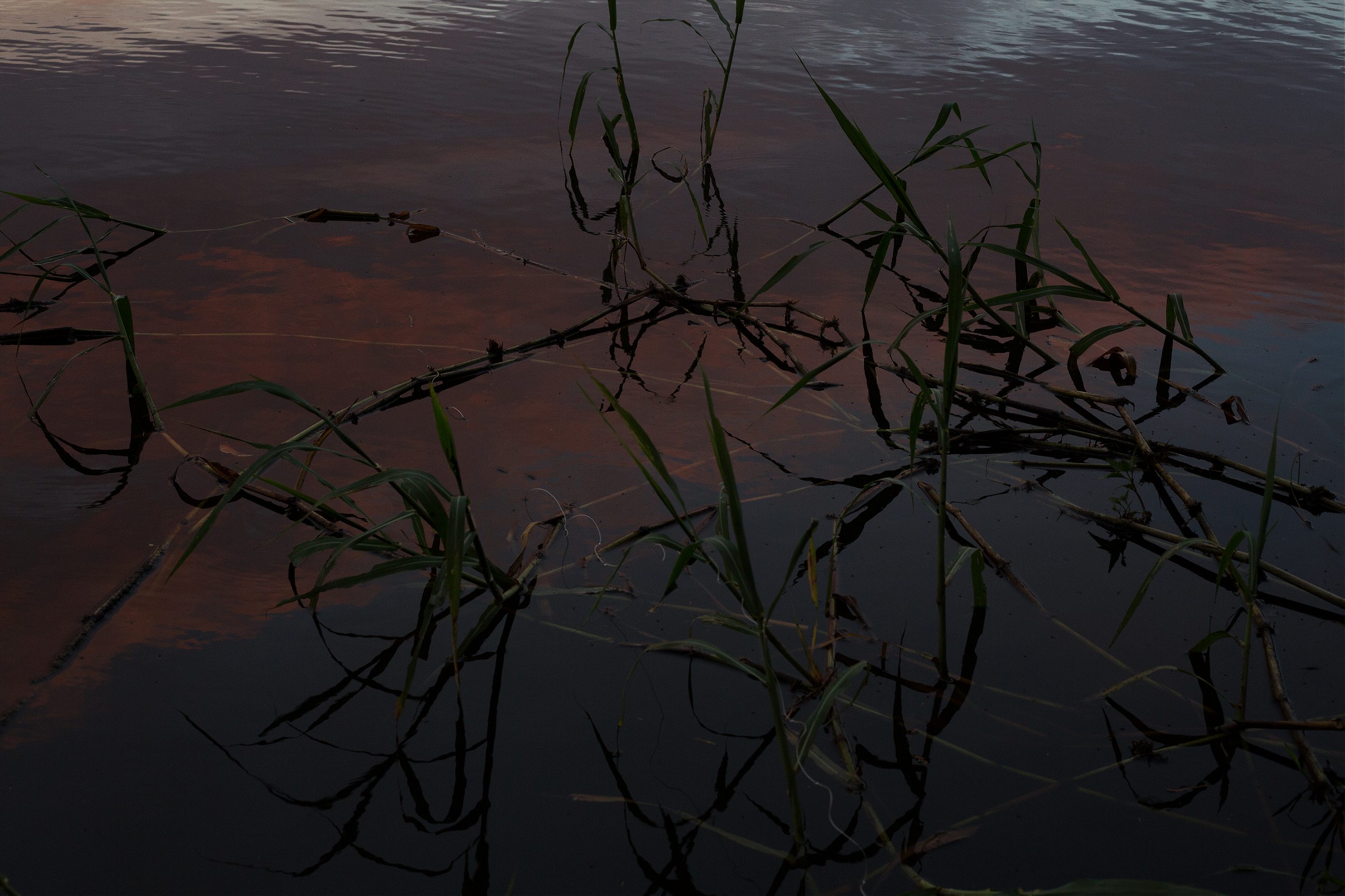
Reporting for this article was supported by the Pulitzer Center on Crisis Reporting.